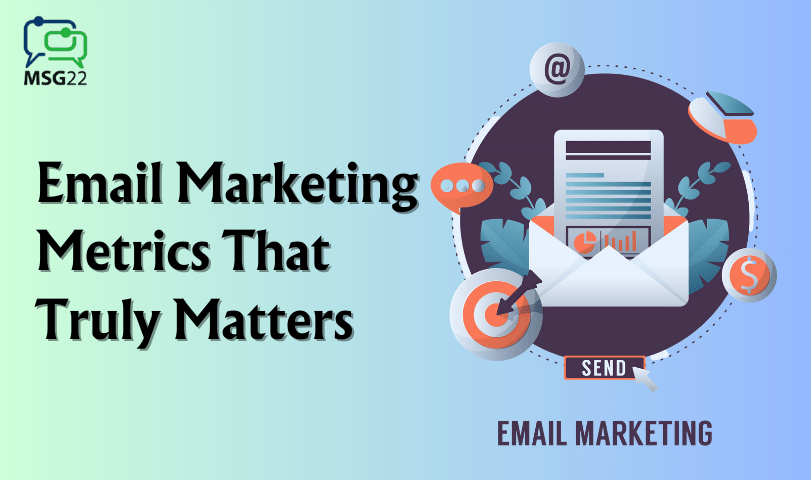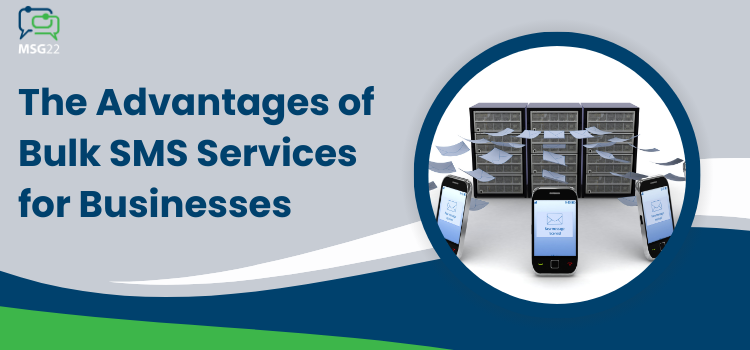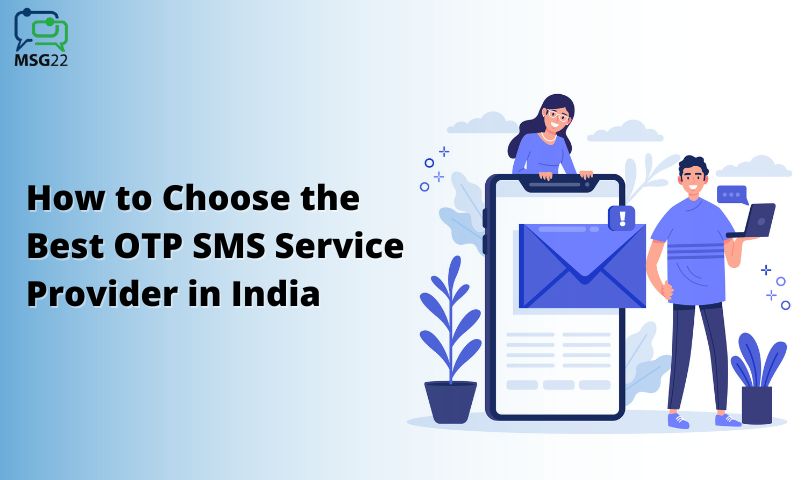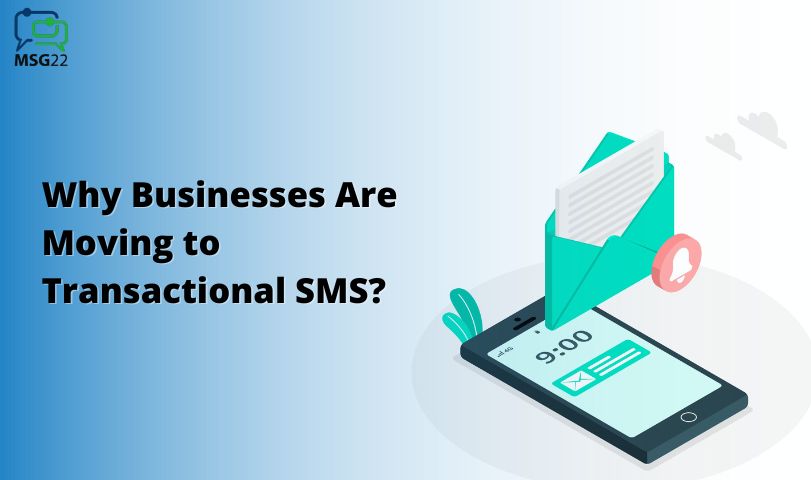Measuring your email marketing campaigns will let you know which email subjects give the best result, who’s clicking on what, and whether your emails are being read by interested customers. Email marketing metrics provide the analyzed results of what works and what does not which further helps in improving email marketing services with better strategies. Always avoid sending emails to non-interested customers.
Why are Email Marketing Metrics Important in 2023?
Email marketing metrics indicate the percentage rate of success of an email marketing campaign. The importance of Email marketing metrics revolves around the work and performance that it performs such as analyzing conversion rates, open rates, click-through rates, and many more. Moreover, metrics help you understand the number of subscribers engaged with your content. This further helps in preparing every future email for the businesses.
Metrics help identify strengths and weaknesses, enabling marketers to refine their strategies effectively. Preparing solid and effective messages by following metrics in the right way is the perfect process for monitoring email marketing. It also shows the right way to solve existing problems.
Top 10 Email Marketing Metrics
Every email marketing campaign can be distinct depending upon the different goals for different campaigns, but there are some unique metrics that every email marketer must know how to track. Here are the top 10 email marketing metrics that every marketer needs to know:
1. Open Rate Metrics
Open rate metrics have been one of the easiest and universally used metrics for email marketers. It is used to track the number of subscribers who just click to open a particular email. The open rate provides an idea of how the subscribers are involved. The open rate analyzes how many recipients opened an email. It’s necessary because it considers the effectiveness of subject lines, sender names, and overall email relevance.
In 2023, personalization and segmentation will be crucial to improve open rates. The email analytics further provides you with smart and actionable insights to persuade your campaigns. The open rate helps prepare the plans. To improve open rates, try to test and analyze. Target a few variables such as the moment when you send the email, what types of subject lines you use, and also how to use images. After that, gather some rough data from your experiment to inform and move forward with your email campaigns.
2. Click-Through Rate (CTR) Metrics

CTR is an email marketing metric that represents the metrics of the percentage of email recipients who click on a link and visit the main page of purchase through an email. A low click-through rate means you just need to emphasize some more simple strategies that improve CTR. It’s a direct indicator of engagement and content effectiveness.
Understanding which links resonate with your audience is necessary for driving traffic and converting it into sales. There are a few ways to enhance click-through rates while crafting an email. For example: involve links throughout the email in the right places and also add a call to action button that subscribers can easily click on to redeem the offer. It’s noticed that click-through rates are typically less than open rates.
3. Conversion Rate Metrics
Conversion rate finds out how many people clicked on the links and then complicated a particular action. CTR is the next general metric that can assist you in analyzing how well your campaigns are running. For example: if you have included a link in your email for your subscribers to participate in Tuesday’s sale. The conversion rate will let you know how many people clicked the link and made a purchase.
The conversion rate measures the number of receivers who completed the desired action, like making a purchase. Through conversion rates, you can easily earn a high return on investment. When you generally know how much you have spent and how many subscribers are converting, it’s better to know whether the money used in the campaign is well received or not.
4. Bounce Rate Metrics
The bounce rate is also tracked to know for better results. It calculates the number of subscribers that didn’t receive your email. The bounce rate shows the percentage of emails that couldn’t be delivered to the recipient’s inbox.
Measuring bounce rates helps you get solid ideas of the quality of your subscriber list. If you receive a high number of bounces then it might be the case that your list contains fake emails or emails with mistakes. You can easily decrease your bounce rates by asking customers to confirm and verify emails from your brand.
5. Unsubscribe Rate Metrics
Measuring unsubscribers is very simple. Any email provider will let you know how many people unsubscribed upon receiving an email from you. These metrics can easily be found in your main dashboard or metrics dashboard.
The unsubscribe rate shows how many recipients opted out of future emails. High unsubscribe rates can signal issues with email content, frequency, or relevance, making it crucial to adjust strategies accordingly. A huge number of unsubscribes can be discouraging.
6. Geographic Metrics
Geographic data shows two different components- location and attributes at the location. Understanding where your email recipients are located can inform localization efforts and enable targeted campaigns based on geographic preferences and time zones.
7. ROI Metrics
ROI metrics must be tracked by every marketer. It lets you know the overall return on investment for your campaigns. You can easily calculate this by taking the money you made in sales minus the money you spent to execute the campaign then dividing that money invested in the campaign and then multiplying it by 100. This serves as the most basic formula to serve and find ROI.
In 2023, optimizing ROI is a top priority, given the focus on cost efficiency. Email marketing may require a high investment but also gives the highest ROI out of any marketing strategy. This type of metric aids you in showing your boss and your sales team the importance of email marketing as a result that generates true results.
8. Email Sharing and Forwarding Metrics

Email Sharing and forwarding metrics show the percentage of receivers who either received a forwarded message from a friend or just got a post on social media. This sharing rate is helpful to track as it provides an idea of how much brand support you have.
Preparing shareable content can expand your reach and improve your brand visibility. It lets you know how much percentage of subscribers recommend your emails to others. It’s truly noticed that 81% of the consumers purchasing are influenced by social media posts.
9. Social Engagement metrics
Social engagement metrics ensure to measure the result of your social media strategy and look for areas for improvement. They function as plus points on your scorecards for your online postings and interactions that reveal which of your posts were liked, shared, and commented on. This overall engages engagement.
Social media metrics determine how frequently they interact with your materials. This data further demonstrates two crucial aspects: The first one is audience involvement. The second one is social media algorithms that help in reaching a wider audience.
10. Device and Platform metrics
Checking your device statistics helps in checking whether your subscribers are clicking and reading your emails or not. This truly matters because distinct devices display information in different ways. For example, emails look different on mobile than on a laptop. Therefore it’s essential to analyze which devices and platforms your audience uses to view emails.
Optimizing email designs is important in the era of 2023. In addition to this, it’s noticed that most people generally check their emails from their phones rather than laptops especially if the subscribers are younger to age. Thus you must ensure that your emails are well drafted for mobile devices. It’s also a good idea to involve short paragraphs that can be easily visible to read.
Conclusion
By focusing on the above important metrics, you can easily intensify email campaign performance, increase engagement, and can easily boost ROI. Staying updated with modern trends in email marketing and adapting strategies accordingly will be essential to remain competitive in this dynamic era.
It’s also necessary to track how many people click on the links within the email you send. If you are truly looking to get your subscribers then you must begin segmenting your email list to deliver more personalized content. To pursue the success of your campaigns, you need good email marketing software like MSG22 that assists you in ensuring that you can effectively measure your email performance, your email lists, and your progress toward your arching goals as well as provides your client with useful information through SMS services.








